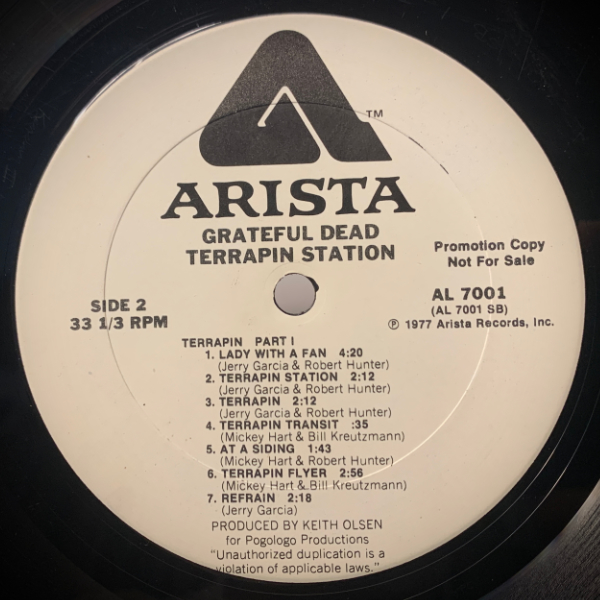I am a huge fan and buy all i can of dead LP's but I will not buy these or any other studio recordings that are Plangent Processed.
I understand live recordings of not great quality having that done but studio recordings? NO. I will always opt for all analog and i may live without if has anything to do with digitization.
I will pay more for analog be it new or old.




















